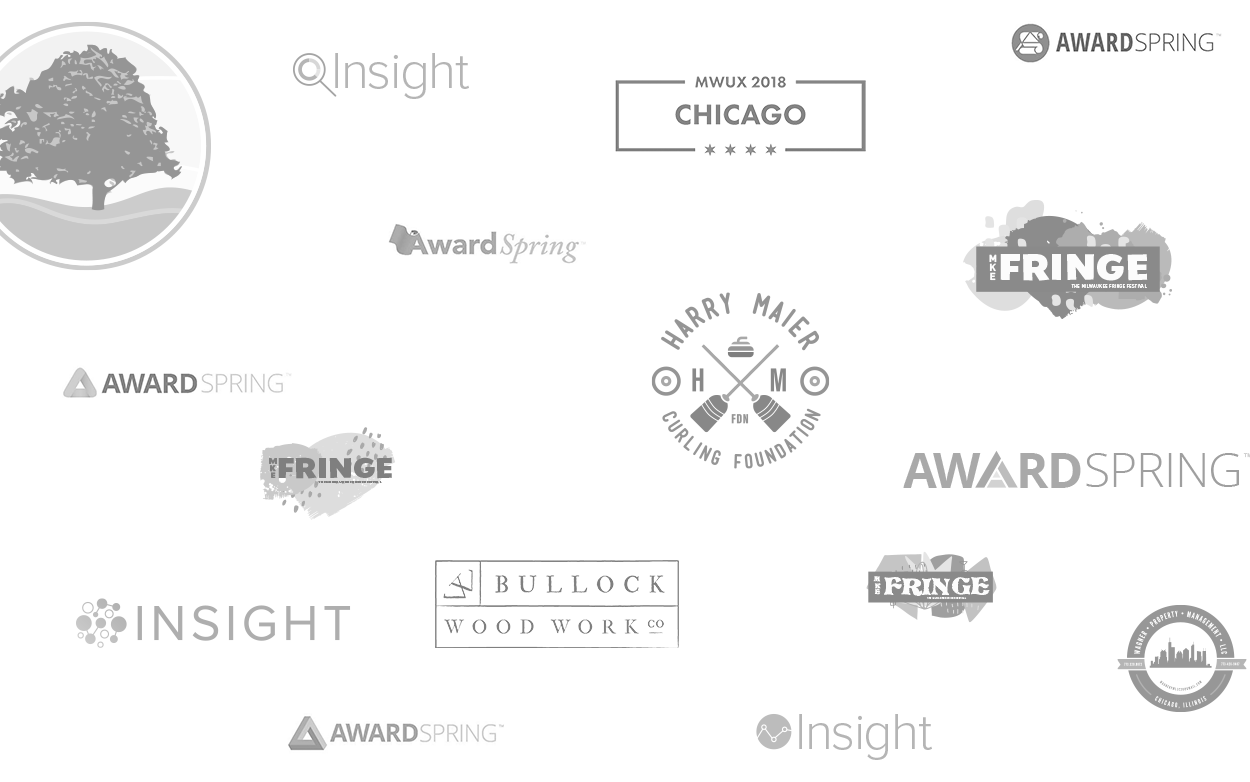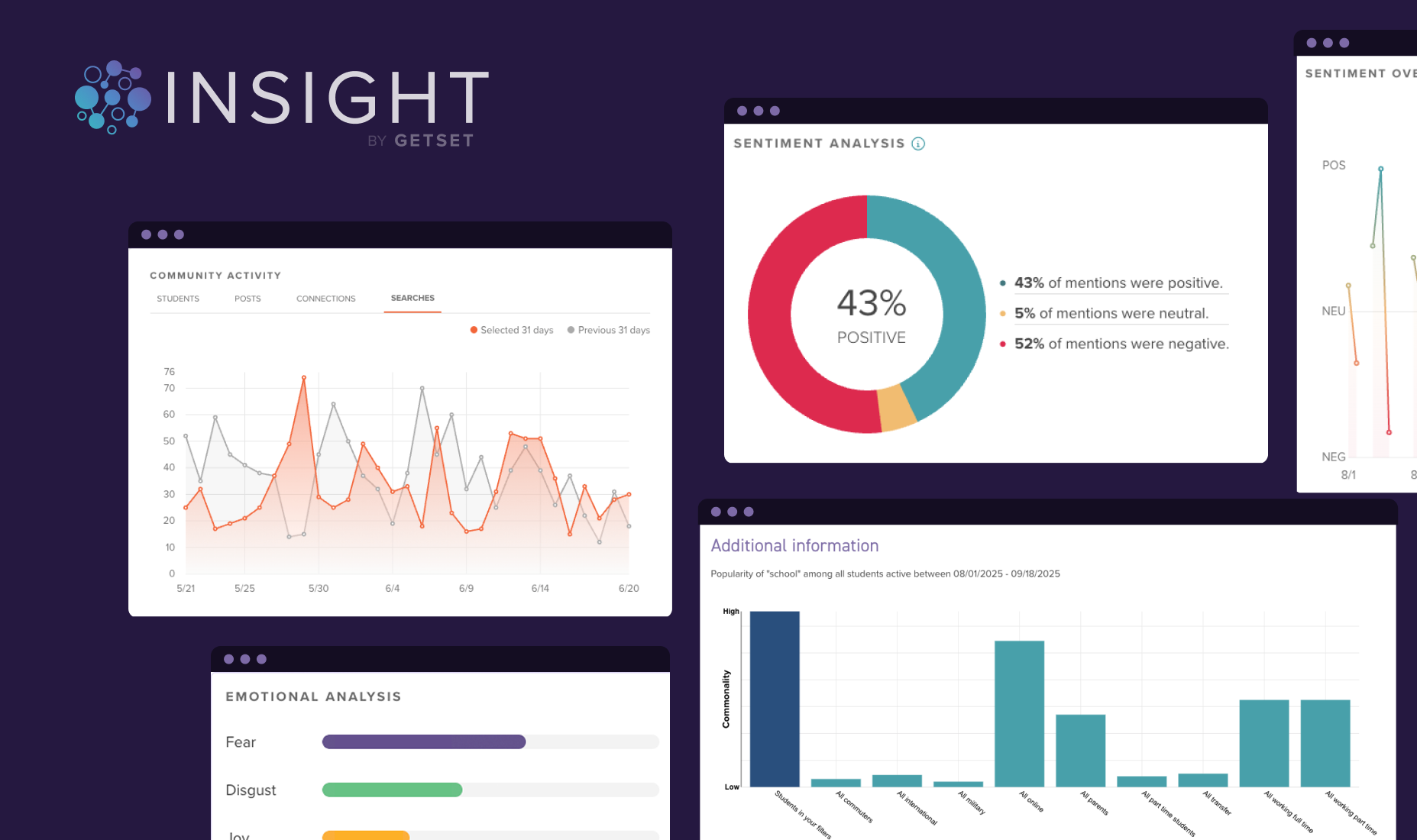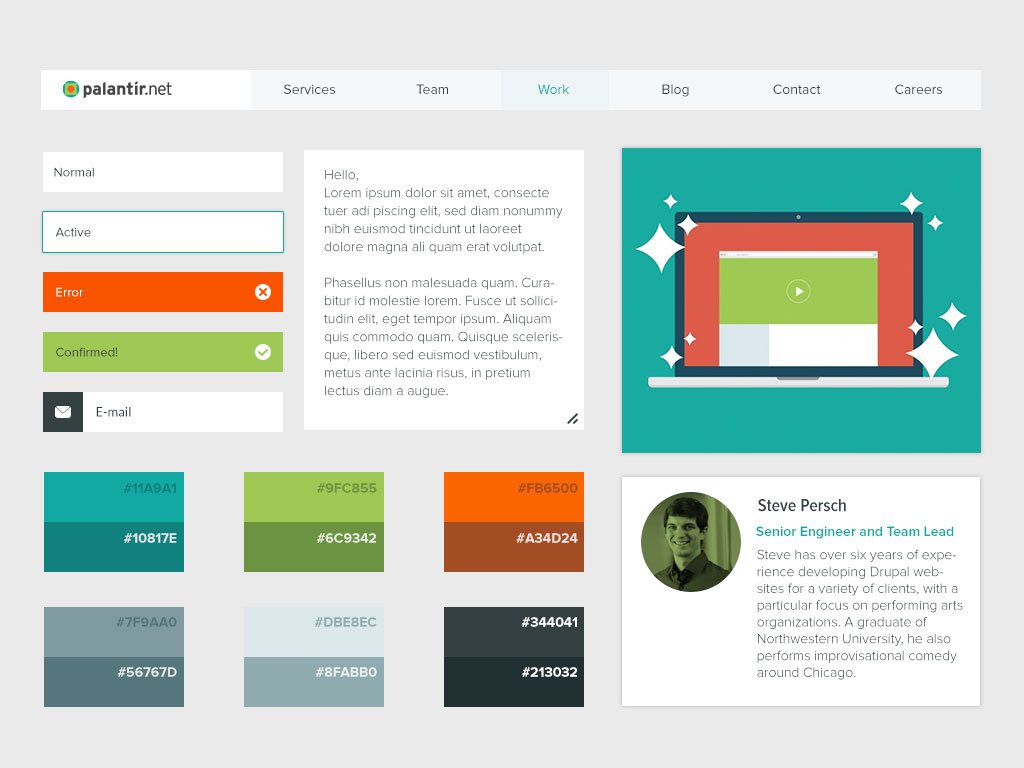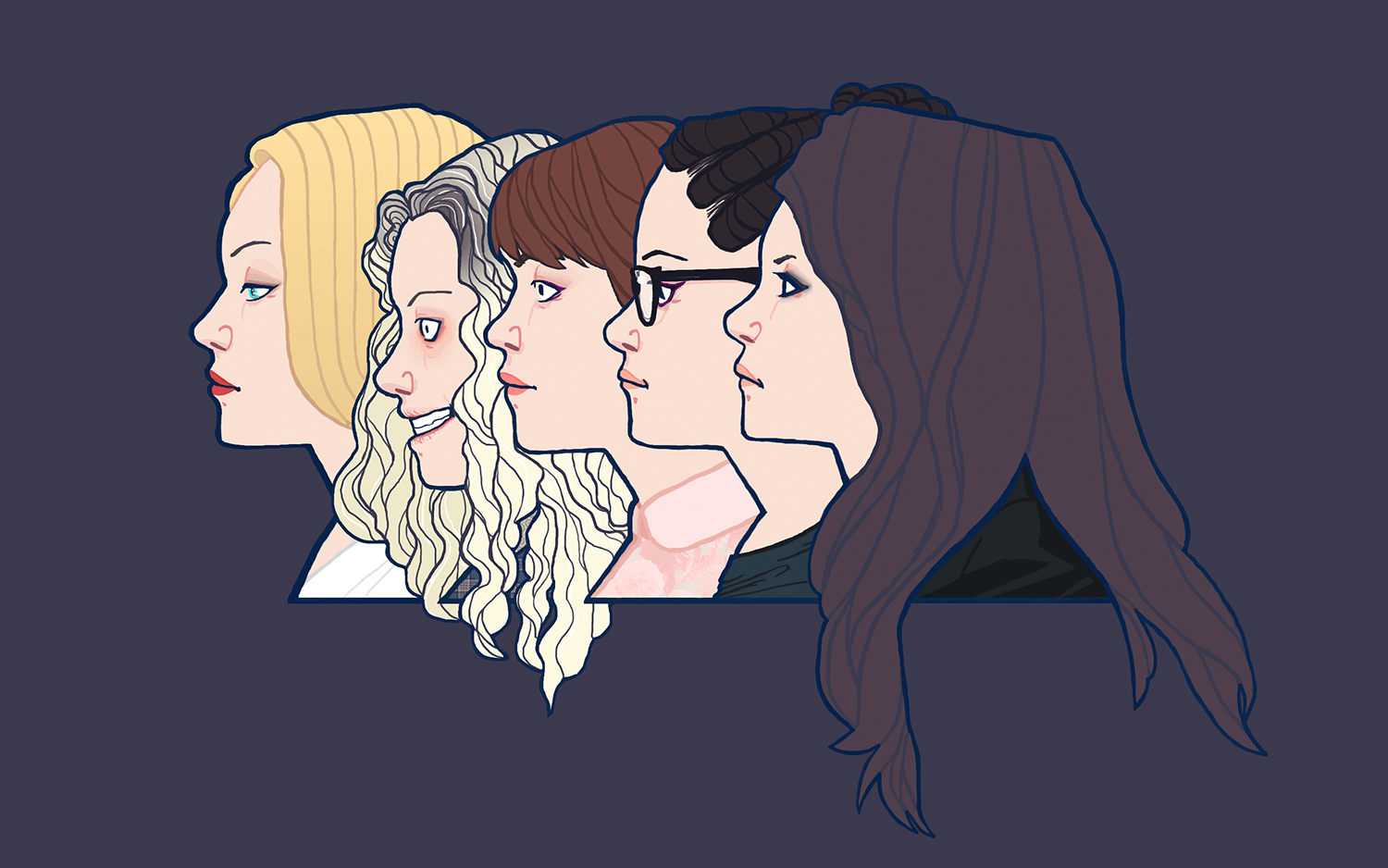I’m not sure how to look at art. What’s sposta happen?
Something big. A revelation. Suddenly you just understand.
(LYNDA BARRY, 2016)
Something big. A revelation. Suddenly you just understand.
(LYNDA BARRY, 2016)
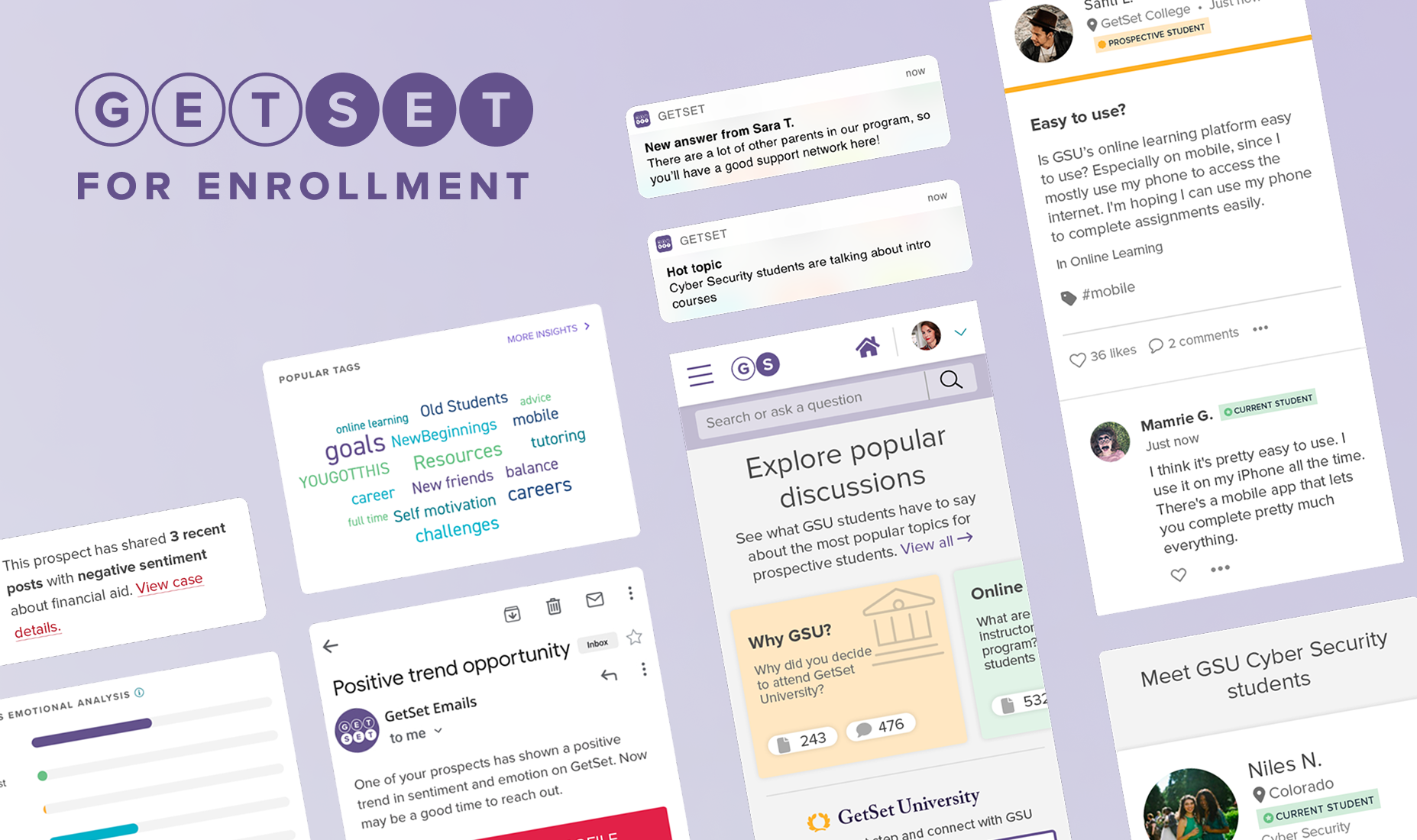
WHO
A client wanted to add prospects--students who have not yet decided to enroll--to their student community, a user type GetSet didn’t support at the time. Adding this feature meant a ton of research and data needed to be pulled before design could even begin, starting with an internal audit to identify potential problems and changes needed.
WHAT
Product design
Prototyping
UI design
UX research
THE PROCESS
All product work at GetSet consists of 5 key stages: discovery, design, development, iteration and follow up research.
DISCOVERY
After the internal audit, the next step was user research. We sent out a survery designed to get feedback from currently enrolled students--what they would’ve liked to see as a prospect, what kinds of information would’ve been most helpful, and if they’d be willing to help prospective students on the platform in the future.
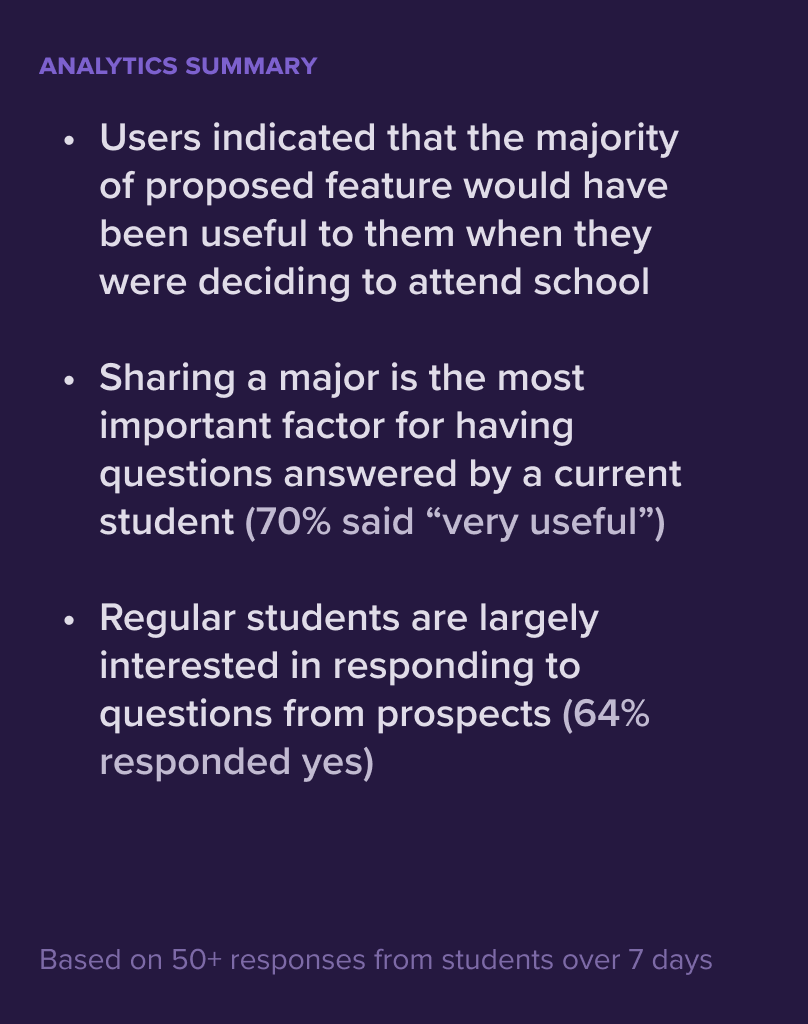
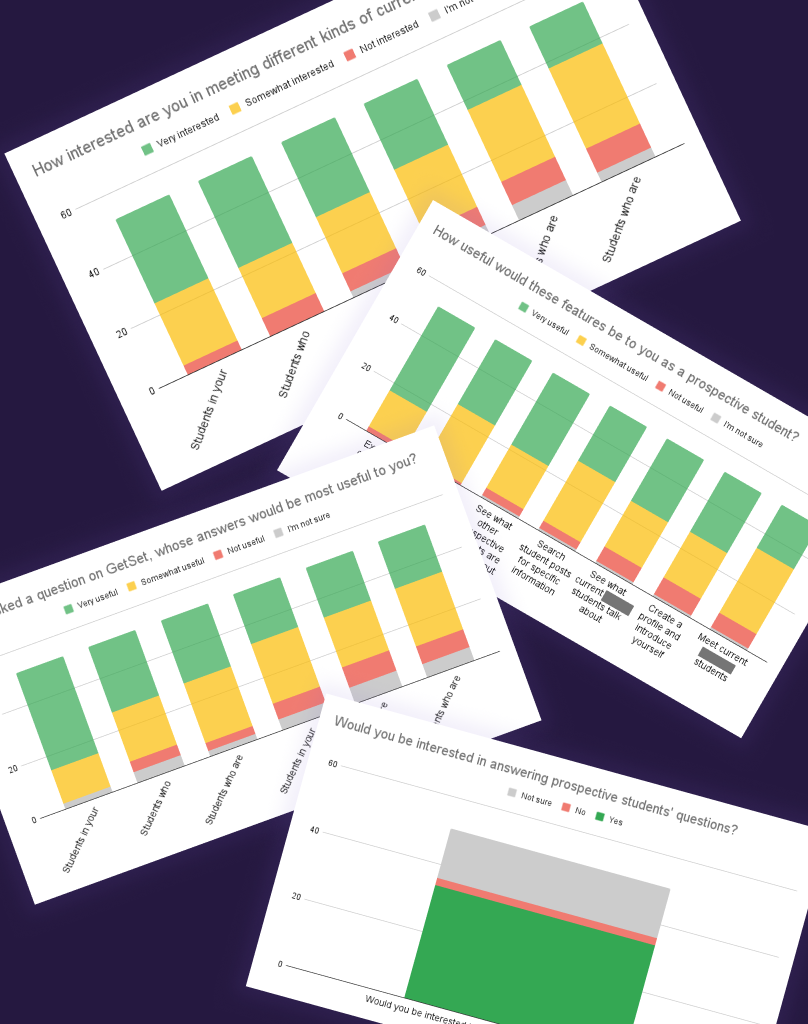
DESIGN
With a better understanding of user needs, we moved into card sorting, grouping tasks and moving into wireframing and prototyping.
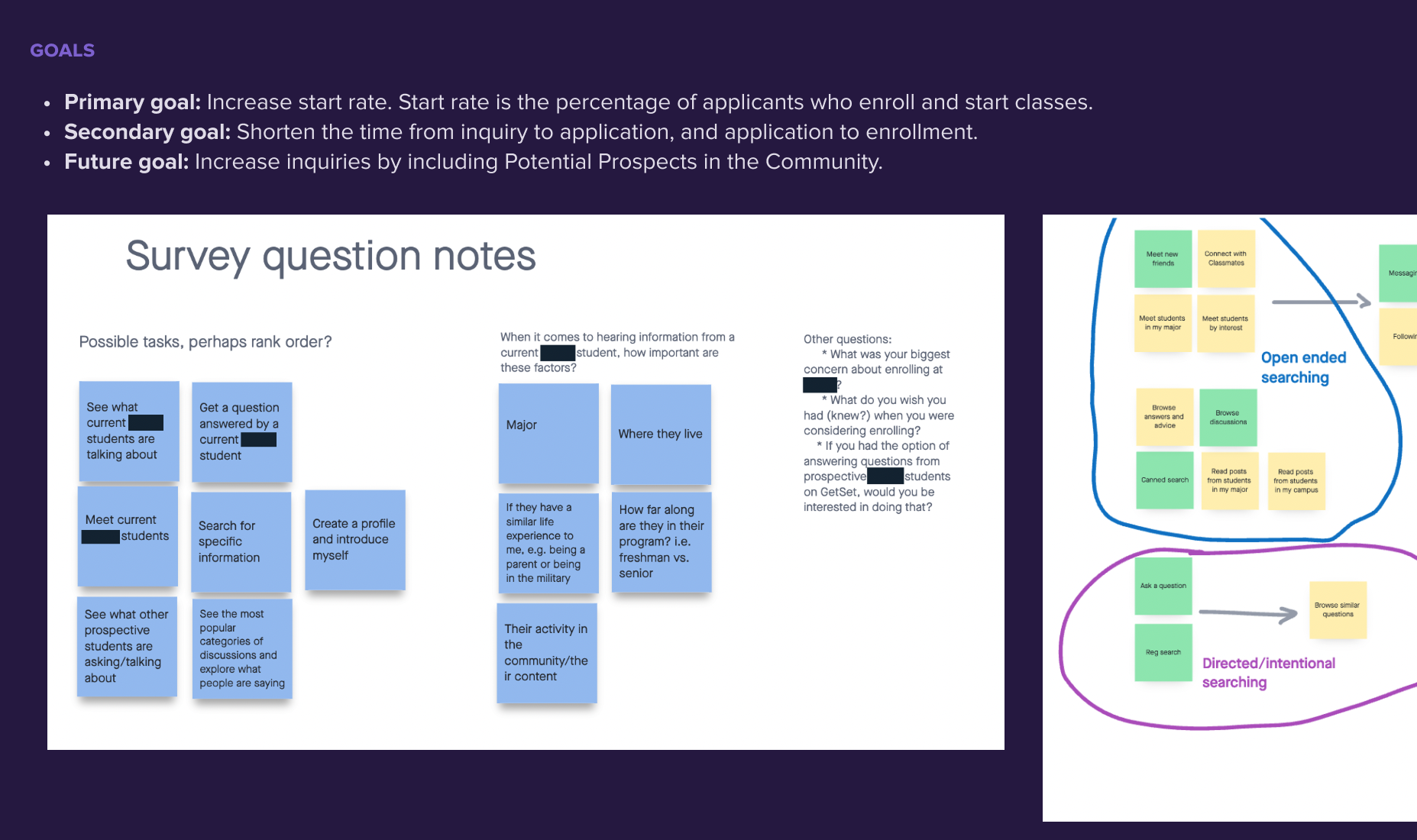
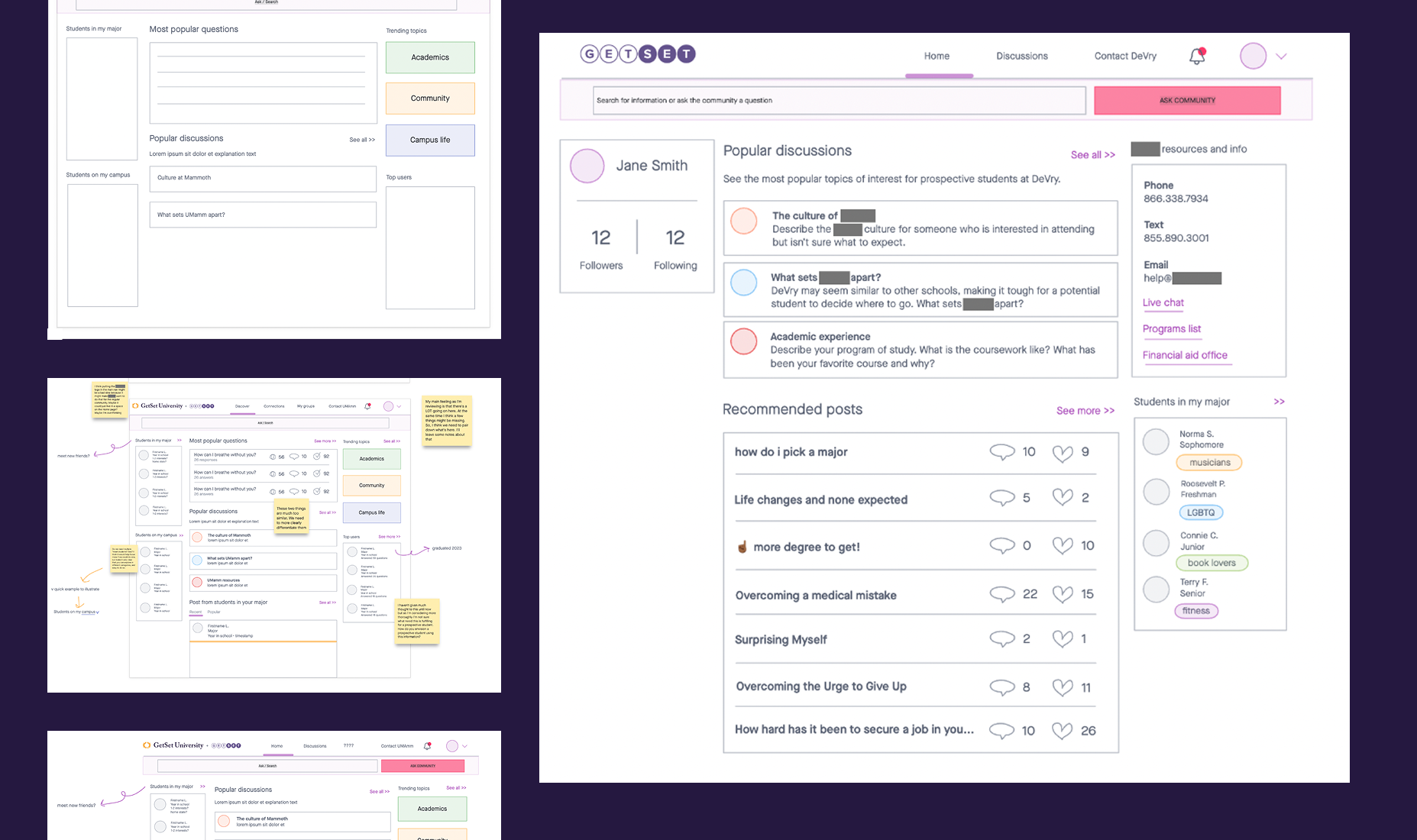
FINAL DESIGN
Several rounds of wireframing and prototyping later, we settled on a final design that threaded the needle: providing the necessary info; welcoming, but not overwhelming; clearly part of the GetSet brand.
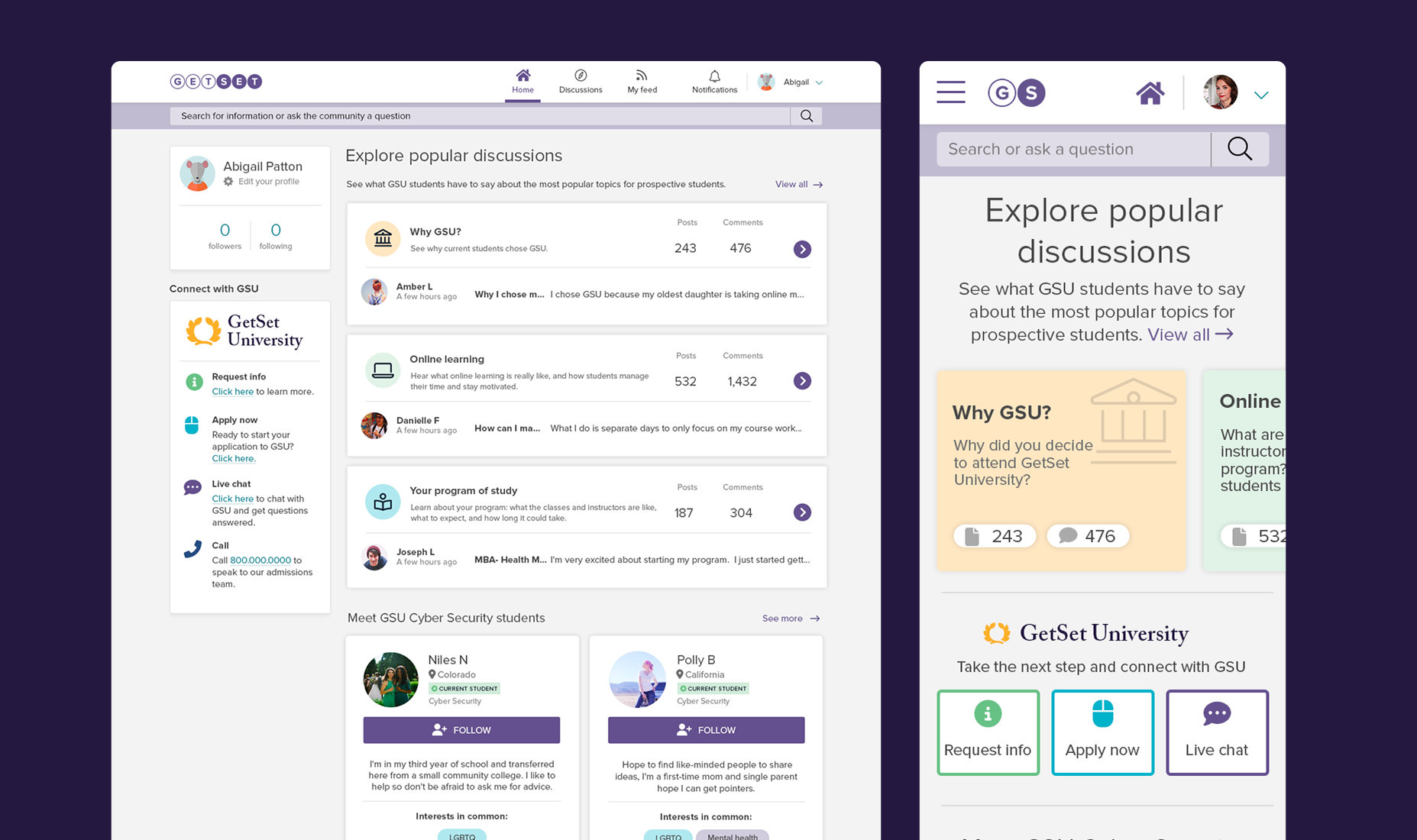
DEVELOPMENT
Forging ahead, we moved into user story creation, sprint planning, and backlog refinement--setting up a clearly defined MVP product to launch with, and the KPIS we needed to measure engagement.
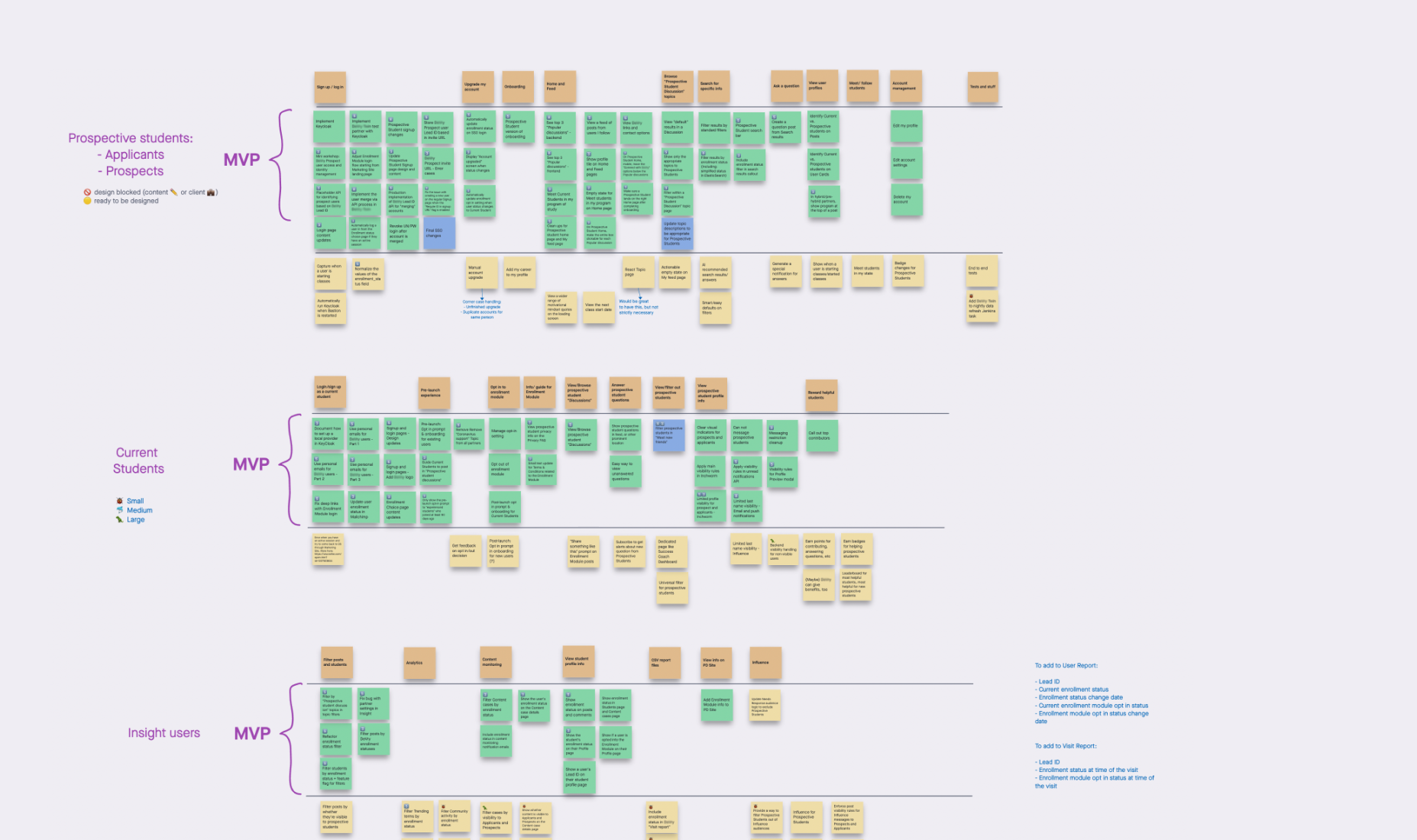
ITERATION
As part of the enrollment product, I recommended we redesign the UX (and visuals) for a key product component: topics. The data overwhelmingly showed prospective users were on mobile devices, and the redesigned experience was tailored to make navigation--and searching--as clear as possible. But as with any design, there’s only one true way to make sure you’ve hit the mark: user testing. Iconducted 1:1 student interviews to confirm we were on the right track.
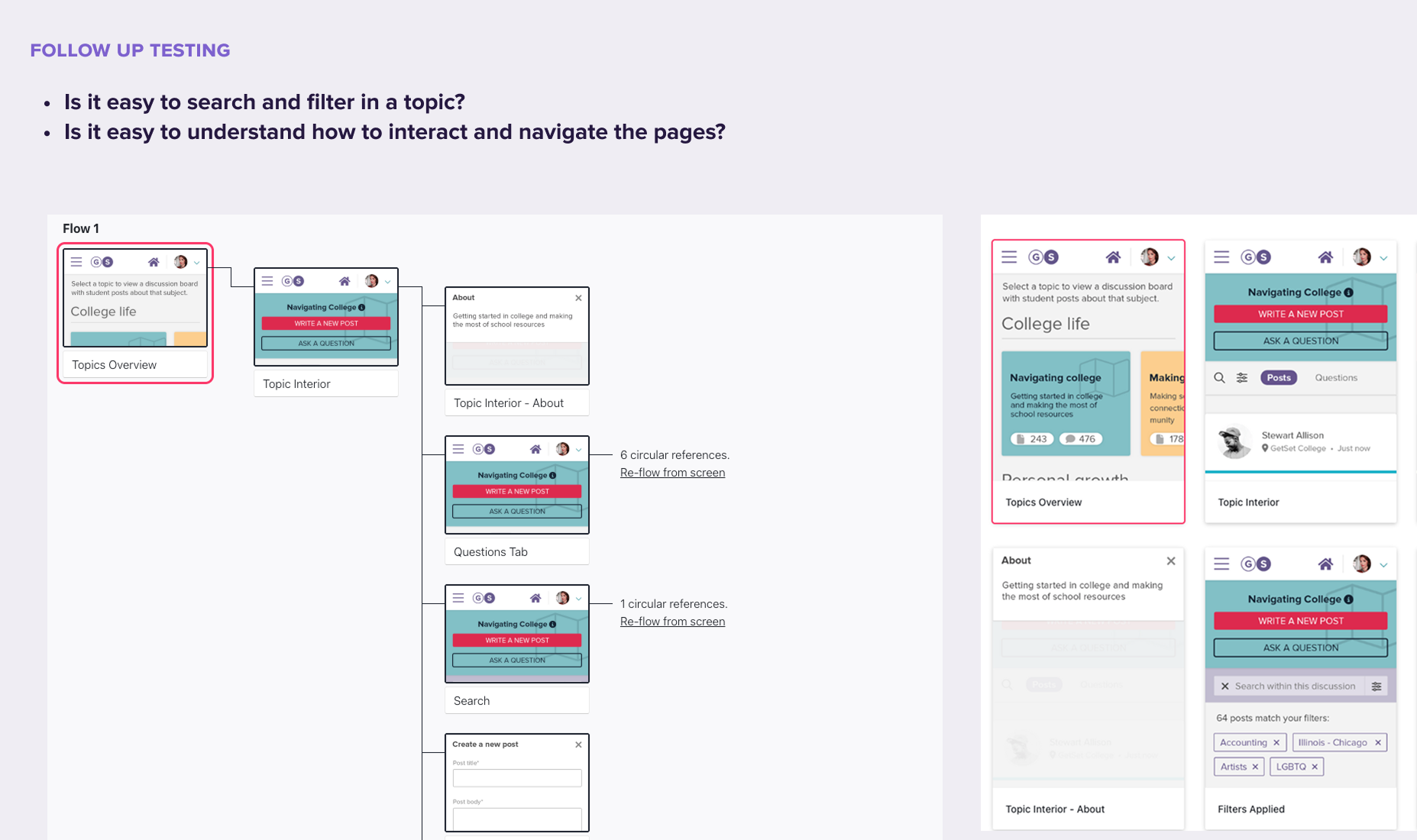
Unfortunately, my first set of designs clearly missed the mark--only one user was able to successfuly complete the task (finding filters). Back to the drawing board, and with some adjustments and continued testing, the second version showed that users were very easily able to find and filter on the page.
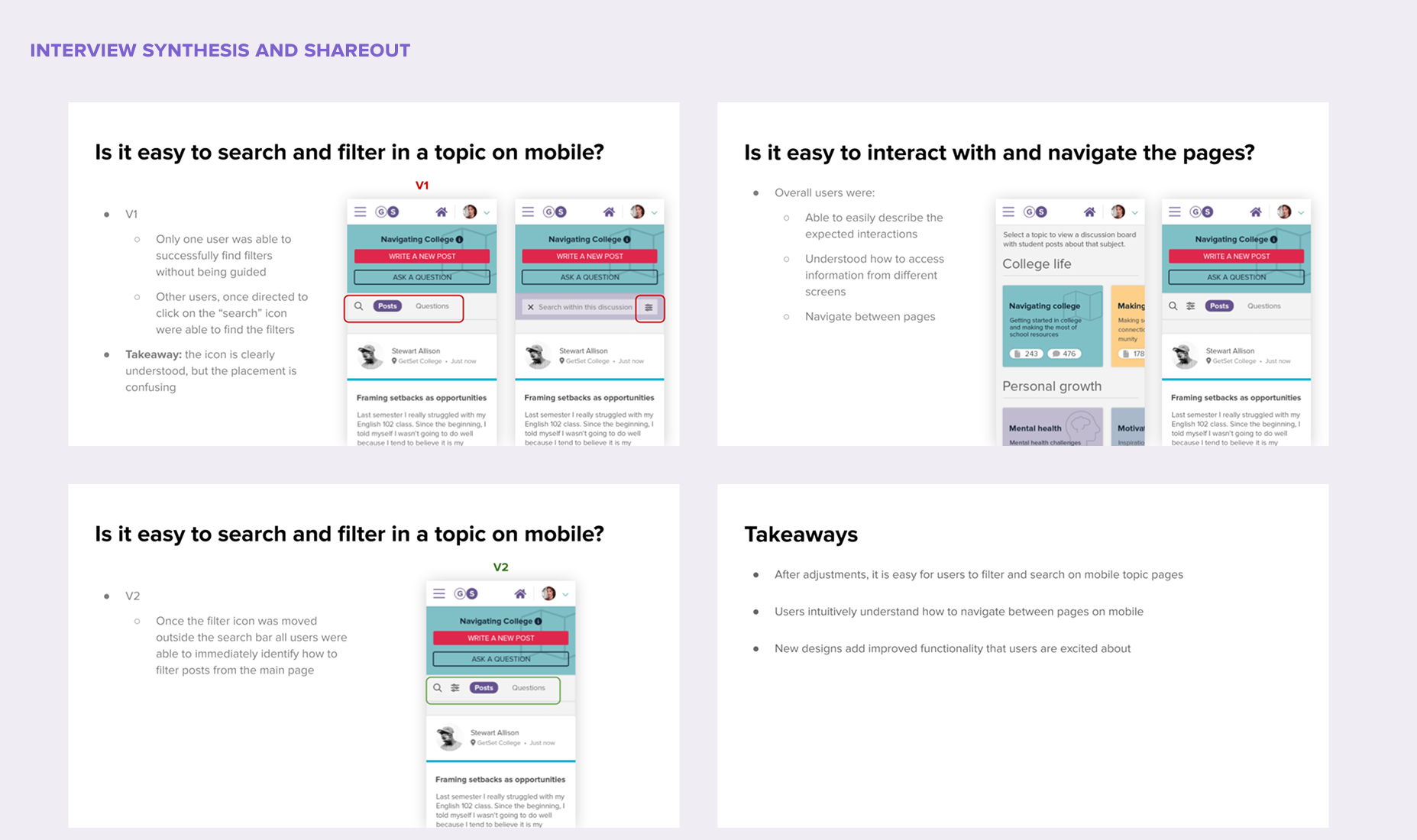
RESULTS
Since we launched GetSet for Enrollment last year, it's had a 58% conversion rate across over 11,000 prospective students.
58%
of prospective students who used GetSet enrolled at their institution
Students who join GetSet as
prospective students engage with the Community more than students who join
GetSet after enrolling. We
expect this to lead to even larger retention gains for customers who use GetSet
for Enrollment and Retention.
Students who joined as prospective students:
Students who joined as prospective students:
- Post 65% more
- Spend 85% more time on GetSet

